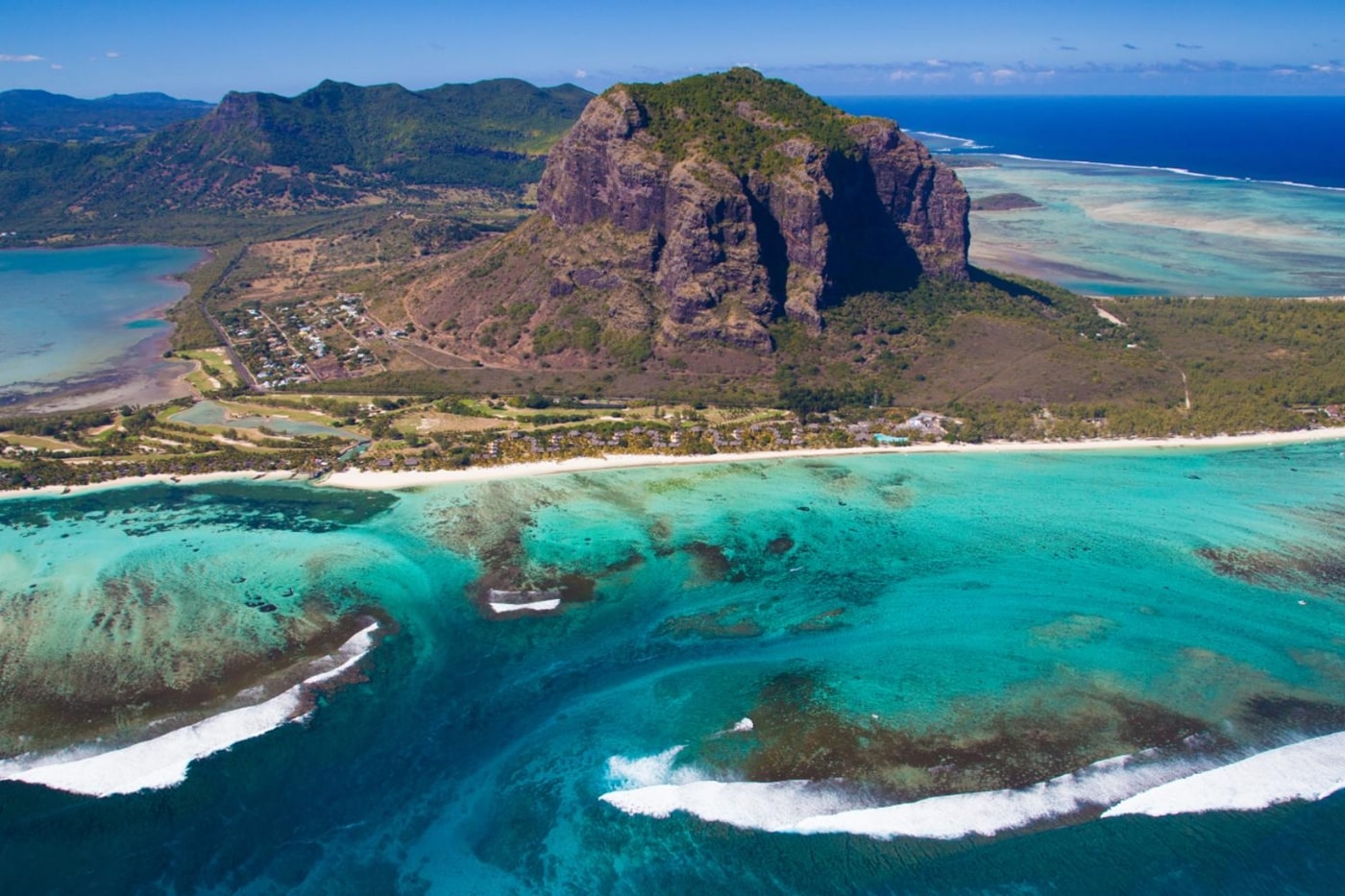5 keys to remember
- Tailored
- Feel at Home
- Authenticity
- Ethics
- Privacy

The abolition of slavery is a significant milestone in the history of Mauritius. It is commemorated in the country on 1 February as a day of remembrance of the sufferings and sacrifices endured by Mauritians of African and Malagasy origin mainly during the dark periods of slavery and reminds everyone that the fight against discrimination is a never-ending struggle.
In 1638, the Dutch East India Company established a colony in Mauritius. It started cutting down ebony trees and developing sugar cane and tobacco plantations as trading companies. The Dutch brought the first slaves to the island as labour, but in 1710 they abandoned Mauritius, unable to develop it. The French then took control, focusing on sugar cane production. It meant bringing in plenty of additional slaves to work on the plantations.
Napoleon Bonaparte was indirectly responsible for the end of the French colonization of Mauritius. Following his defeat at the Battle of Waterloo in 1815, France had to hand over the island to the British, who proceeded to turn it into a British Empire colony. When the British took control of the island in 1810, slaves represented about 80% of the island’s population, most of them coming from Madagascar and East Africa.

The history of slavery in Mauritius dates back to the beginning of the European colonization of the island in the 18th century and at the height of the slave trade. Slaves suffered brutal working conditions and constant violence at the hands of their owners. They were often beaten, malnourished and housed in filthy environments. Slaves had no rights and were considered to be their owners’ property. Despite these tough conditions, they kept resisting and fighting for freedom. Several slave revolts broke out, notably in 1811 and 1825, but all were violently repressed by the colonial authorities.

However, international pressure for the abolition of slavery intensified in the early 19th century. In 1807, the British Parliament had already banned the slave trade in Britain, but even so, British merchants kept importing slaves into their colonies. In 1833, the British government finally passed the Slavery Abolition Act, declaring the abolition of slavery in all British colonies. However, it took several months before Mauritius did the same on 1 February 1835, becoming the last of the British colonies to abolish slavery.
The planters received £2 million compensation for the loss of their slaves. Although slavery had ended, the inflow of workers went on with the coming of indentured labourers, mainly from the Indian subcontinent. A public holiday commemorating the arrival of indentured labourers is held in Mauritius on 2 November.

At Le Morne Brabant, in Mauritius, the cliff recalls a dramatic episode in the history of the abolition of slavery. This imposing mountain was the refuge of runaway slaves, who set up isolated and autonomous communities. On 1 February 1835, when the slaves learned of their free status, rather than celebrating their freedom, some chose to throw themselves into the void, preferring death to the unknown of freedom. Others followed suit, frightened by the sight of soldiers.
Mauritius is one of the few countries in the world to have formally celebrated the abolition of slavery, a significant event in the island’s history. Commemoration ceremonies take place every year on 1 February. The abolition of slavery in Mauritius is commemorated at the International Slave Route Monument on the Morne Peninsula, which opened on 1 February 2009, on a UNESCO World Heritage Site. Discoveries and traditional stories have turned the site of Le Morne into a monument symbolizing the slaves’ struggle for freedom and their sacrifice. Le Morne was listed as a UNESCO World Heritage Site in 2008. The Morne Heritage Trust Fund was created on 28 May 2004. Its purpose is to promote, preserve and educate people about its global significance. The site has been preserved and is maintained with a view to conserving and sharing this heritage.
https://whc.unesco.org/en/list/1259

The celebration consists of a wreath-laying ceremony and speeches to honour the ancestors who fought for the freedom of slaves and to acknowledge the suffering they endured. The official ceremony is usually followed by a musical performance, while thousands of Mauritians picnic on the beautiful Le Morne public beach.
Another important ceremony takes place in Mahébourg, a village in the south-east of the island. It is here that slaves were first brought to Mauritius. The celebration consists of a wreath-laying ceremony and speeches to recall the importance of the abolition of slavery and the need to pursue the fight against all forms of discrimination.
The abolition of slavery in Mauritius in 1835 was a major historical event that had a profound impact on Mauritian society and on the history of the island. This event marked the end of a dark period in the island’s history, characterized by the exploitation and suffering of slaves of African and Malagasy origin. The ceremonies commemorating the abolition of slavery in Mauritius serve as a key reminder of the past and of the importance of freedom. They are also an opportunity to celebrate the cultural heritage of the island and to point out that the fight against all forms of discrimination must go on.